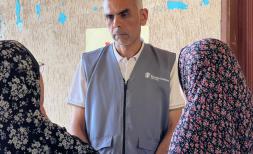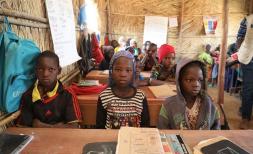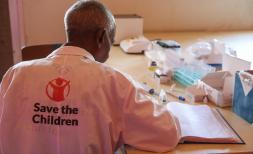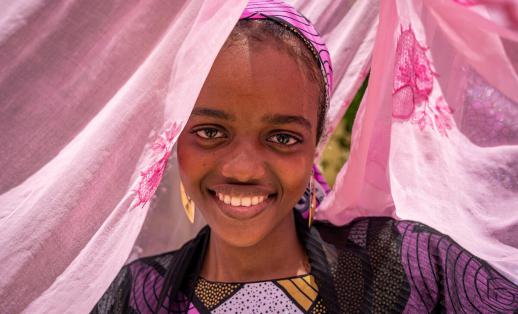Innovation vs Implementation: Finding the Sweet Spot for Progress
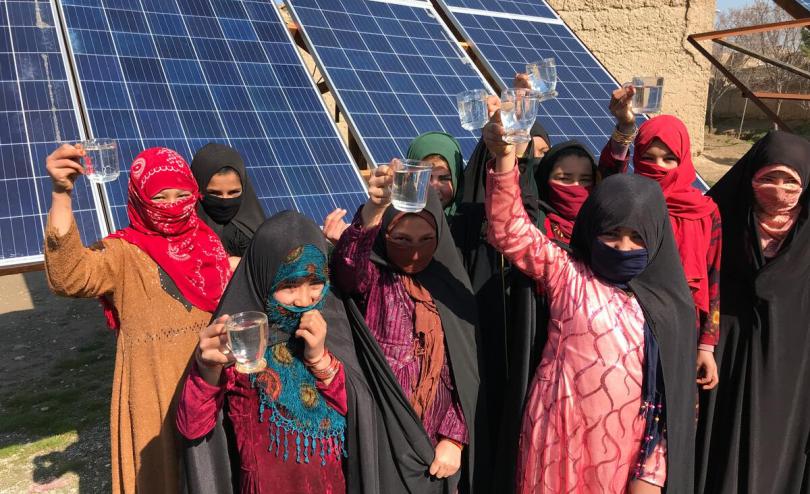
Group of girls holding up clean drinking water provided by solar powered wells, Faryab Province Afghanistan. Save the Children.
Is innovation the key to solving the world's most pressing challenges, or are we too focused on finding new solutions instead of implementing what already works?This is a question that has been asked time and time again, particularly in the context of international development. And the answer is not simple. While implementing proven solutions is important, we can also acknowledge that certain challenges and barriers to progress may demand fresh, innovative approaches and solutions.
So, what is innovation?
Save the Children defines innovation as:
The development of a novel or disruptive approach, product, program, or partnership that could increase Save the Children's ability to realize our strategic breakthroughs for children – ensuring all children survive, learn, and are protected from violence.
What are some examples of innovation in Save the Children?
Save the Children has produced some exciting new solutions across the critical areas of health, education, livelihoods, and protection.
Health and Nutrition
In health and nutrition, our newest project, the Newborn Foot Length Measurement, aims to be a simple yet powerful tool that measures foot length to identify low birth weight in newborns - a key indicator of mortality and morbidity.
This is especially important in areas where access to scales in home-birth settings and health facilities is limited. This alternative method has the potential to identify at-risk infants and ensure they get the care they need to improve their chances of survival and long-term health.
Education
In education, we're constantly innovating to improve access, quality, and relevance. Our Catch-up Clubs are an innovative solution that provides additional support for children who are lagging in their studies, helping them catch up and stay on track.
Additionally, our Remote Assessment of Learning (ReAL) tool enables teachers to evaluate their students' learning remotely. This tool is especially important in situations where schools are closed, or for children who live in hard-to-reach areas or are on the move.
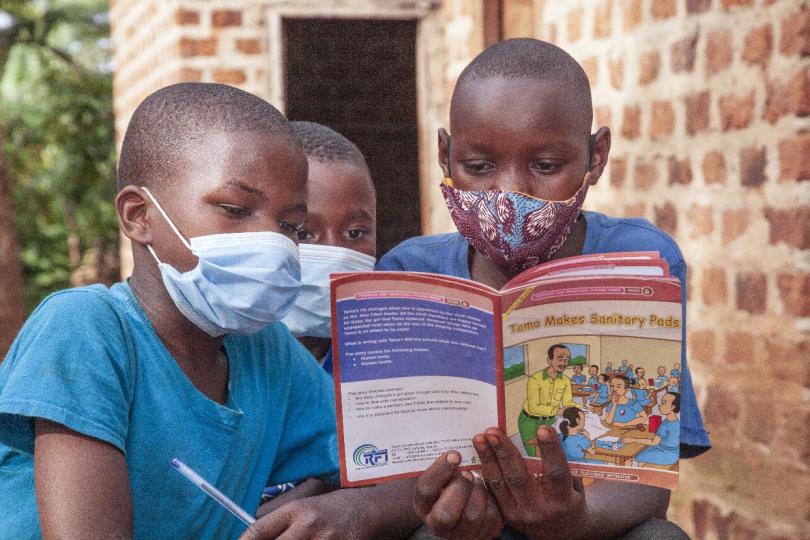
Children are enjoying reading stories together during their Catch-up Clubs in Uganda. Save the Children.
Livelihoods
Innovation has also played a critical role in improving the livelihoods of vulnerable communities in emergencies. One such innovation is the Universal Cash Assistance Network (UCAN), an aid assistance programme that has transformed the way we provide support to refugees in Ukraine and Poland.
The UCAN digital hub enables crisis-affected individuals to register and receive immediate access to a comprehensive range of services. This is a major step forward in aid delivery, empowering vulnerable communities to build resilience in times of crisis.
Protection
Integrating different themes to create comprehensive solutions is key to many of our innovations, particularly when setting up programmes to protect vulnerable children. Save the Children's CONNECT programme is a prime example of this, providing individually targeted care and referrals to other services, helping out-of-school children and children at risk of dropping out return to education.
Integrated across child protection, education, social protection and health and nutrition, this programme enables us to provide vulnerable children with the multifaceted support they need to thrive.
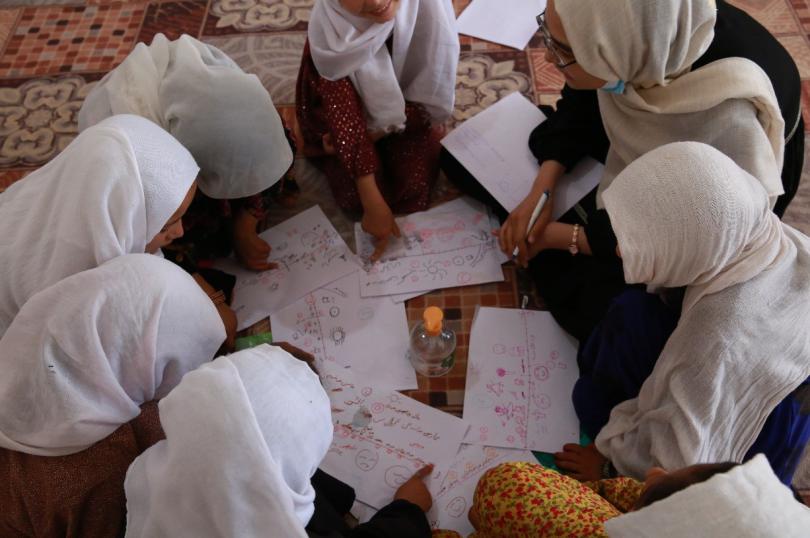
Save the Children conducts a consultation with children in Afghanistan to understand the challenges they're facing and to gather their feedback on how they would like Save the Children and other organisations to support them. Save the Children.
We don’t need another app!
Innovation doesn't always require high-tech solutions. It can also involve improving existing programmes and processes to increase their effectiveness and impact.
For example, by enhancing its monitoring and evaluation systems, Save the Children can better track programme outcomes and identify areas for improvement.
Alternatively, by adopting social innovative approaches such as participatory decision-making, community-led development, and social entrepreneurship, we can tap into the knowledge and expertise of those most affected by the issues being addressed, resulting in new, more effective and sustainable solutions.
What if we don’t embrace innovation?
Failing to embrace innovation could lead to stagnation and irrelevance in the rapidly evolving international development landscape. New challenges arise every day, and old problems persist. To continue making a meaningful impact on the lives of vulnerable communities, we must adapt and develop innovative solutions.
Without innovation, our programming may become outdated, leading to decreased effectiveness and diminished impact. It's imperative for us to remain committed to continually seek new solutions to the challenges faced by the communities we serve.
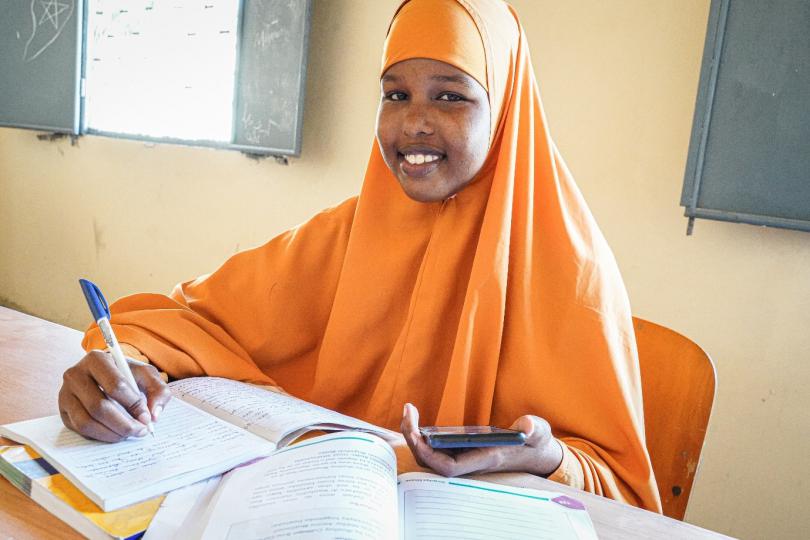
During the Covid-19 pandemic, schools in Somalia closed, but innovative remote learning programs allowed 16-year-old Farhiya and other students to continue their education. Save the Children.
Innovation has its shortcomings, right?
Yes, we should also recognize that innovation can have its downsides. Innovative solutions can be resource-intensive and may have unintended consequences that threaten sustainability, which is why we need to ensure that solutions promote long-term resilience.
Additionally, it's important to recognize the power dynamics inherent in the innovation process. Certain voices and perspectives may be prioritized over others when defining and promoting new solutions; therefore, it's important to ensure diverse perspectives and voices are included.
So, is innovation really the key to solving the world's most pressing challenges?
Perhaps not on its own.
Using innovation and proven solutions together means that we can leverage the strengths of both to create more effective programmes. To ensure that innovative ideas create a real impact in people's lives, we must focus on generating evidence to identify what works and what doesn't, as well as engage with all stakeholders, particularly the people the innovation is intended to serve.
By working collaboratively with communities, governments, and organizations, we can transform innovative ideas into tangible solutions; solutions that may eventually become the evidence-based approaches of tomorrow.
So, let's embrace innovation, but let's also remember that it's just one tool in our tool belt, and it's up to us to wield it wisely.
For more information on Save the Children’s innovations, please click through to our Logbook.
